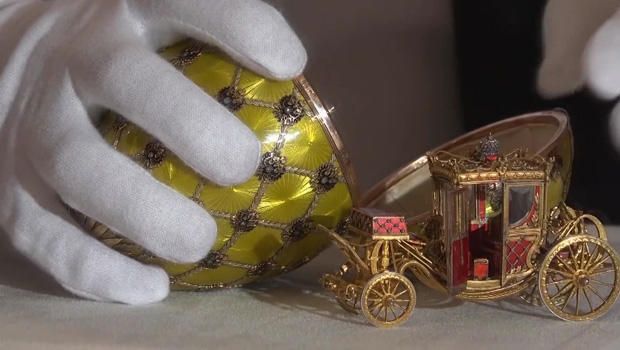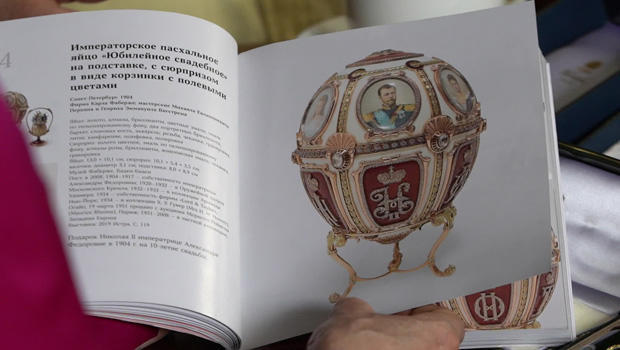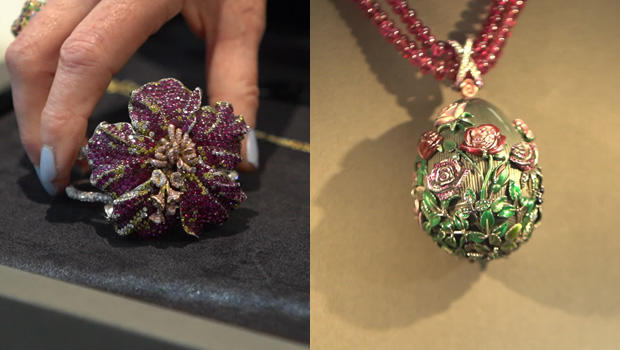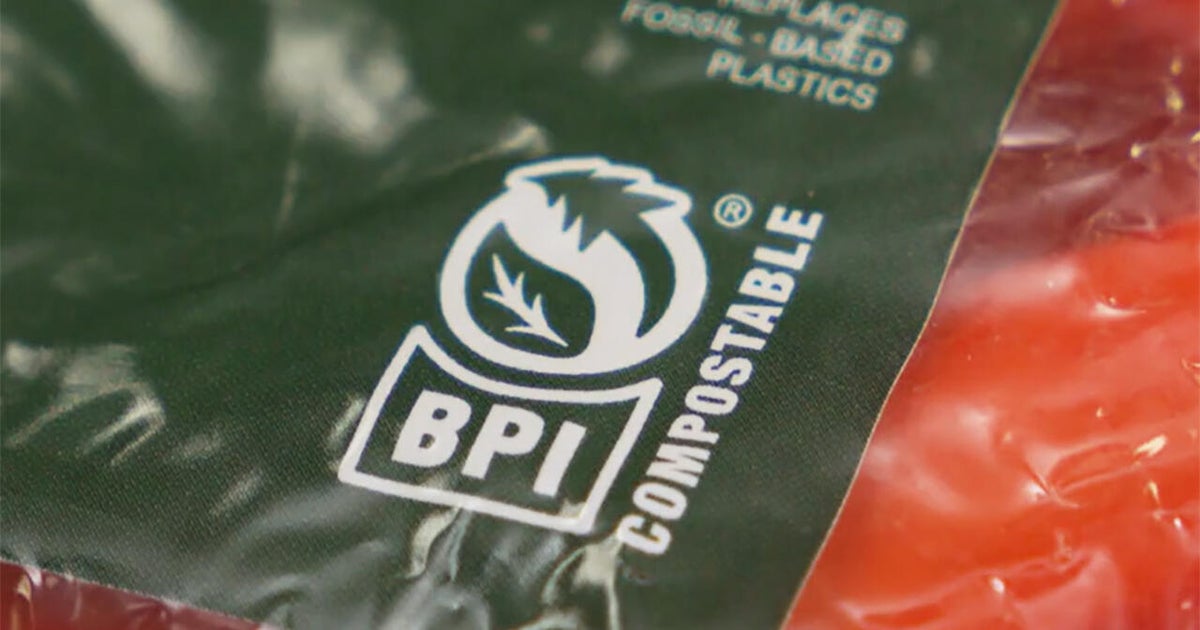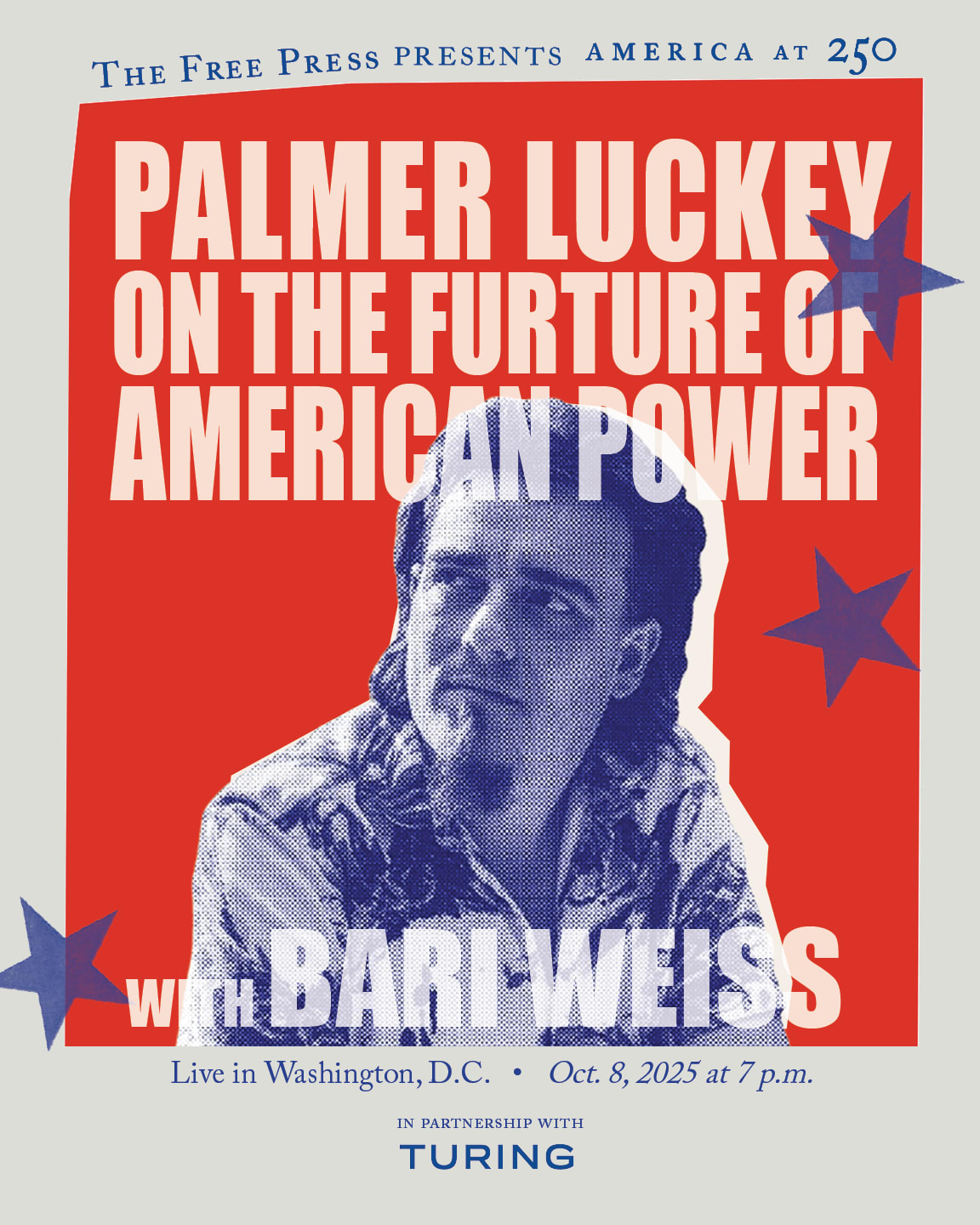Fabergé eggs: Jewels of the Russian crown
Easter eggs don't come more drop-dead opulent than this: Peter Carl Fabergé's jeweled masterpieces were designed for the Russian tsars to give to their wives and mothers – a royal riff on a much humbler Easter tradition of ordinary folk giving each other colored hens' eggs.
Sarah Fabergé, the master craftsman's great-granddaughter, showed correspond dent Elizabeth Palmer his first egg, dating from 1885: "It's a beautiful enamel. Inside that is a golden yolk. Inside that is a golden chicken."
Many of the eggs crack open to reveal egg-squisite surprises.
Fabergé made more than just eggs, as Andrei Ruzhnikov, a London art dealer, showed palmer. His Fabergé collection includes cigarette cases, a barometer, and a stamp moistener.
But in 1917, the Communist Revolution swept the Russian monarchy away, and Fabergé fled to Switzerland, where he died in 1920. Incredibly, 46 of the just over 50 eggs he made for the tsars survived, and often toured in exhibitions.
Today the major egg collections are in the Kremlin and the Fabergé Museum in St. Petersburg. Together worth hundreds of millions of dollars, they're now icons of popular culture. They showed up in the Bond film "Octopussy," and in a 2006 episode of "The Simpsons," Marge Simpson's friends plot to steal the eggs.
But in real life, counterfeiters like to forge them. Search for Fabergé egg on eBay and you'll see hundreds of what you might call Faux-bergé.
Ruzhnikov made huge waves in the art world when he alleged that some of the Imperial eggs in a recent show at the Hermitage Museum in St. Petersburg were fakes. He said, "When I saw the catalogue, I was just absolutely blown away."
A Russian collector, he said, had loaned the phonies to the Hermitage to drive up their value. "It's called fraud," said Ruzhnikov.
The experts sided with Ruzhnikov, and the Hermitage moved the alleged fakes to a special section marked "questionable authenticity."
By the middle of the 20th century Fabergé was no longer synonymous with fabulous. A cosmetic firm bought the name in the '50s, and turned it into a brand. Sold and re-sold, it made everything from Brut cologne to face cream to Barbie dolls.
Enter Gemfields, a company that mines precious stones, with a plan to take Fabergé back to its roots, "painting with colored stones and diamonds and different colored golds, weaving different colored golds and different materials to create objects of beauty," said Sarah Fabergé.
There are showstoppers, like the ruby-encrusted Hibiscus bracelet, but central to the collection is the Fabergé signature.
"We relaunched the eggs and egg pendants and we've carried on sort of building since then," Sarah said. "Of course, you can't say egg without Fabergé, Fabergé without egg."
A symbol – as much now as it was back in Imperial Russia – of life, hope and rebirth.
For more info:
- The Imperial Eggs (faberge.com)
- Fabergé Museum, St. Petersburg
- Ruzhnikov Fine Art & Antiques, London
- Gemfields
- "Fabergé in London: Romance to Revolution" at the Victoria & Albert Museum, London (opening November 30, 2021)
Story produced by Erin Lyall. Editor: Mark Ludlow.

